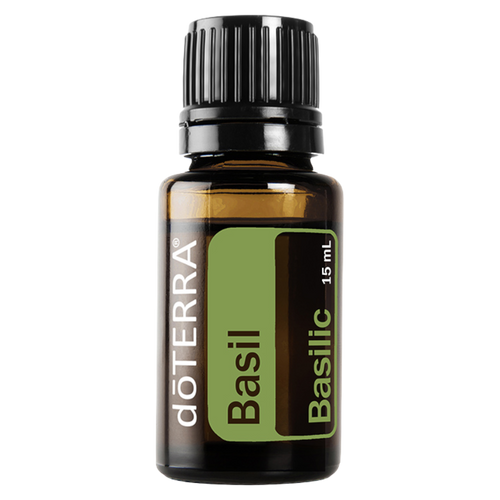As a milder alternative to other mint essential oils, Spearmint oil is gentle enough to use topically or while cooking—without losing any of its freshness. Spearmint is a perennial plant that grows 11–40 inches tall and flourishes in temperate climates. It is widely used in gums, candies, and dental products for its minty taste, and to promote fresh breath. Spearmint has been used internally for centuries for its digestive benefits. Its sweet, refreshing aroma is uplifting, making it ideal to diffuse while working or studying. Spearmint oil is very different from Peppermint, making it a milder option to use topically on children and those with sensitive skin. In cooking, Spearmint is frequently used in salads, drinks, and desserts, but it can also be used in homemade salad dressings and to marinate meats.
Primary Benefits:
- Promotes digestion and helps reduce occasional stomach upset when used internally
- Incorporate into effective work and study habits
- Cleanses the mouth and promotes fresh breath
Uses:
- Add three to four drops Spearmint oil to the floor or walls of the shower for a refreshing, uplifting aroma.
- Combine one drop Spearmint oil with Fractionated Coconut Oil and apply to back, neck, and shoulders for an invigorating sensation on the skin.
- Mix ten drops Spearmint oil with water in a spray bottle and spray over the body for a naturally sourced personal aroma.
- Apply one drop Spearmint oil to toothbrush prior to toothpaste for an extra burst of flavor and a clean feeling when brushing teeth.
- Add one drop Spearmint oil to hot cocoa or tea for an invigorating flavor.
- Add one drop Spearmint oil to desserts, drinks, salads, or entrées.
- Diffuse three to four drops Spearmint oil for a soothing aroma during cold winter months.
Diffusion
- Use three to four drops in the diffuser of your choice.
- Dilute one drop in 120 mL of liquid.
Topical use
- Apply one to two drops to desired area. Dilute with a carrier oil to minimize any skin sensitivity.










